Roofing Services
in Boston, MA
Your roof is more than just protection – it’s the foundation of your home’s safety and energy efficiency. At CAN Roof Construction, we provide expert roofing services in Boston MA, from repairs to full replacements.
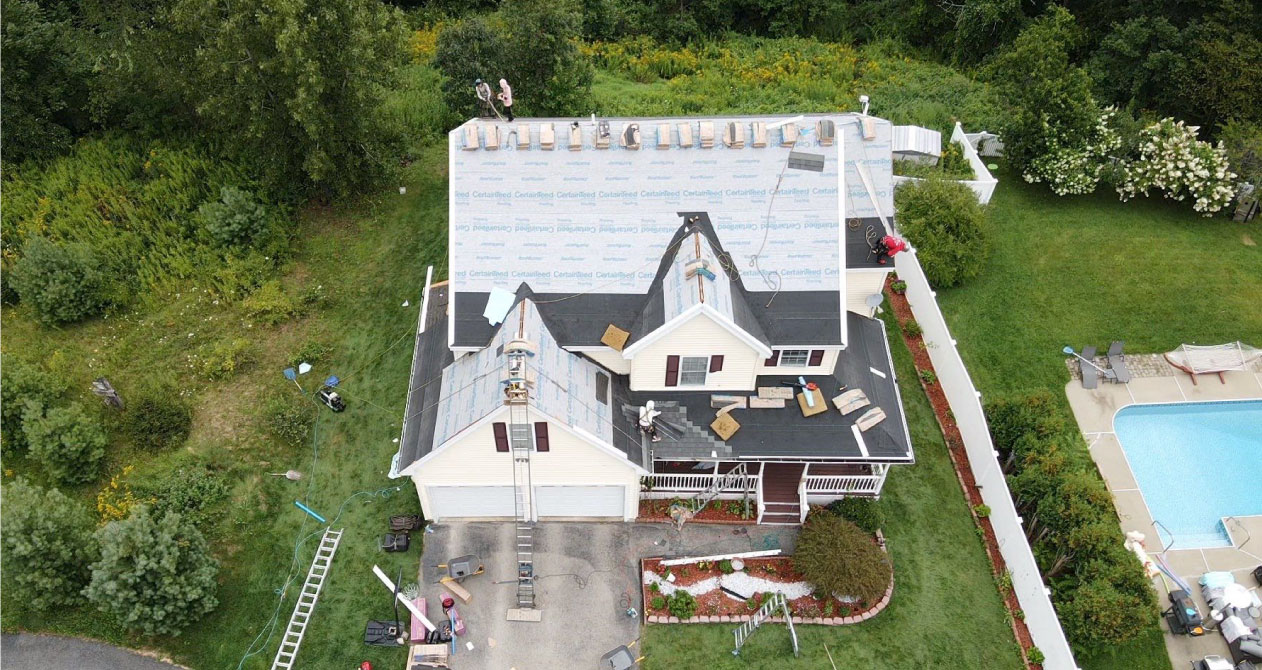



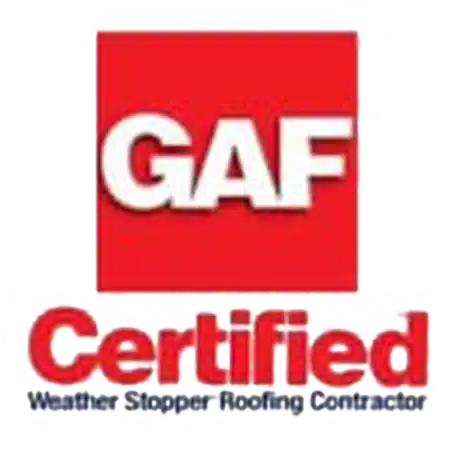


Roofing Solutions
Comprehensive Roofing Services for Every Need in Boston, MA
From minor repairs to full roof replacements, our expert team delivers top-rated roofing services in Boston MA. Whether you need a new installation, a thorough FREE inspection, or maintenance, we’ve got you covered!
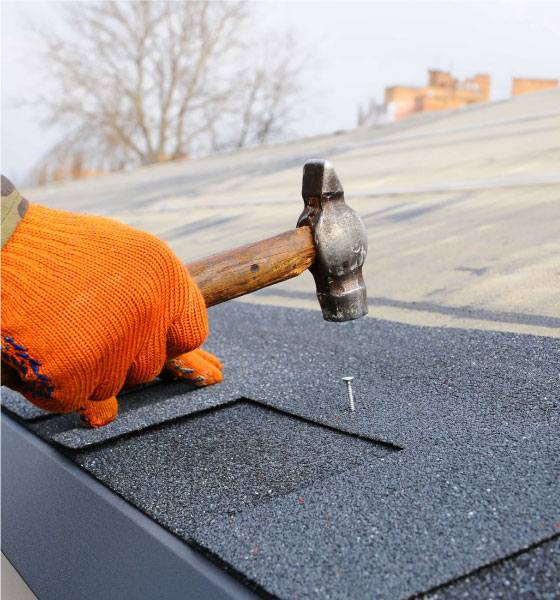
Roof Repair
Timely roof repairs help prevent costly damage and extend the life of your roof. At CAN Roof Construction, we specialize in fast, reliable roof repair services in Boston, MA, addressing leaks, missing shingles, and structural issues with precision and efficiency.
-
Quick response to leaks & storm damage
-
Expert repair solutions for all roofing types
-
Cost-effective fixes to extend your roof’s lifespan
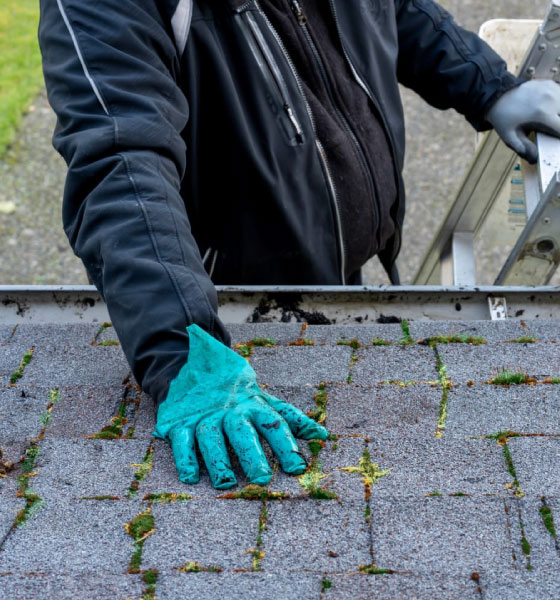
Roof Inspection
A roof inspection is the first step in ensuring your home stays protected from costly damage. At CAN Roof Construction, we offer FREE roof inspection in Boston, MA. Our certified roofing professionals thoroughly assess your roof’s condition and provide honest recommendations for necessary repairs or maintenance.
-
Completely FREE, no-obligation roof inspection
-
Early detection of leaks, storm damage & wear
-
Expert evaluation by certified roofing specialists
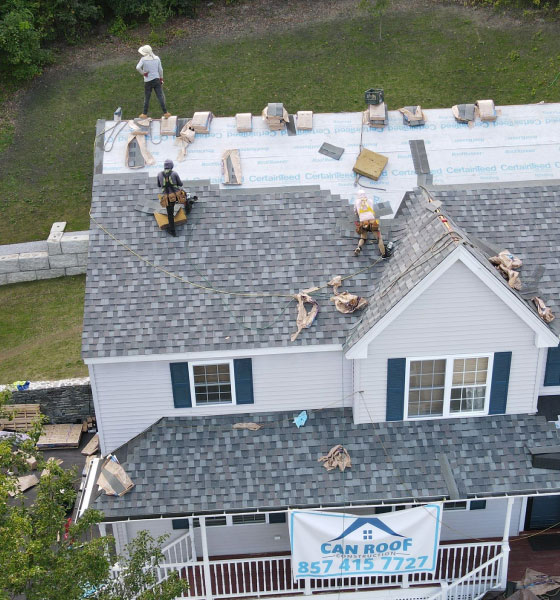
Roof Replacement
A roof replacement is a crucial investment in your home’s safety and value. At CAN Roof Construction, we provide high-quality roof replacement in Boston, MA, using premium materials and expert craftsmanship. Whether due to aging, storm damage, or wear and tear, we ensure a seamless and durable roof replacement tailored to your needs.
-
High-quality materials for long-lasting durability
-
Professional installation with expert craftsmanship
-
Improved energy efficiency & home value
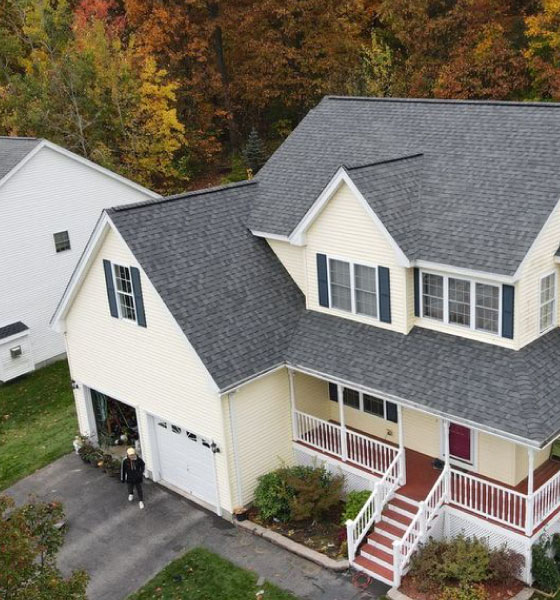
Roof Installation
A new roof installation is a significant upgrade that enhances your home’s protection, efficiency, and curb appeal. CAN Roof Construction offers expert roof installation services in Boston, MA, ensuring superior craftsmanship, durable materials, and long-term reliability.
-
Roofing solutions for residential & commercial
-
Premium materials ensuring maximum durability
-
Energy-efficient options for lower utility costs
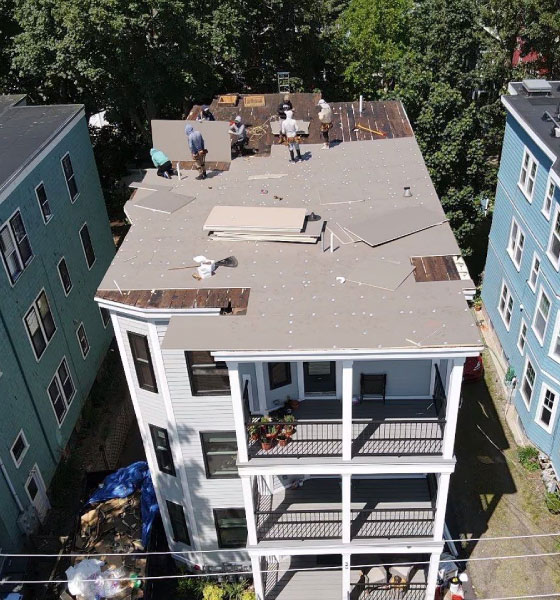
Flat Roofing
Flat roofs require specialized expertise for proper installation and maintenance. At CAN Roof Construction, we provide top-tier flat roofing services in Boston, MA, ensuring watertight, energy-efficient, and long-lasting results for residential and commercial buildings.
-
Seamless, leak-proof flat roofing solutions
-
Energy-efficient materials for reduced heating & cooling costs
-
Durable and low-maintenance roofing systems
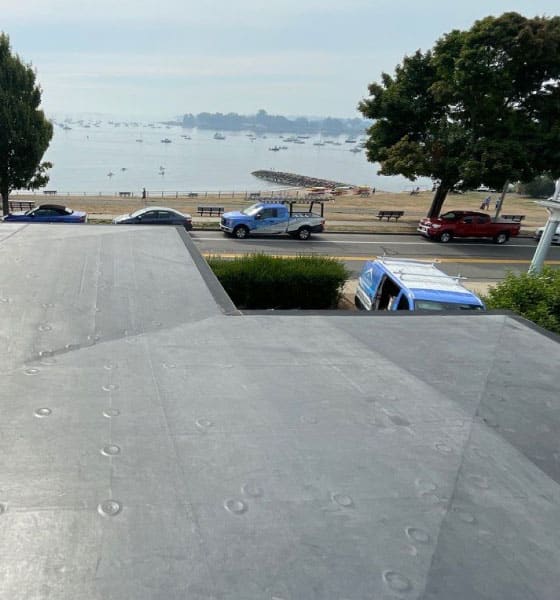
Rubber Roofing
Rubber roofing is a durable, weather-resistant solution perfect for flat and low-slope roofs. CAN Roof Construction specializes in rubber roofing services in Boston, MA, offering high-performance EPDM solutions for long-term protection.
-
Superior weather resistance & flexibility
-
Low-maintenance & energy-efficient roofing system
-
Long-lasting durability with industry-leading warranties
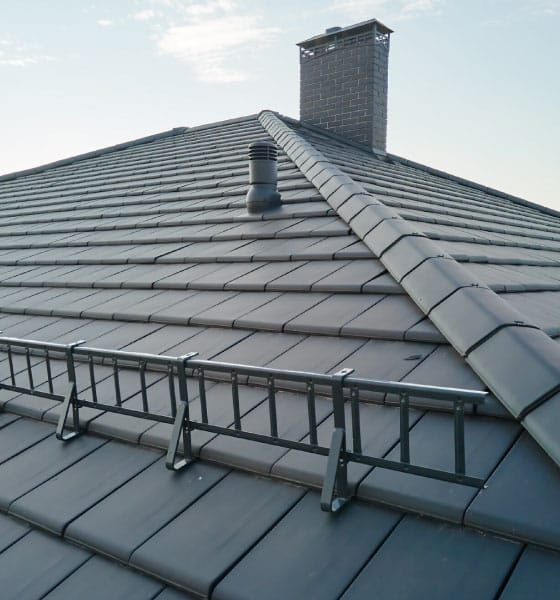
Slate Roofing
Slate roofing is one of the most durable and elegant roofing options, providing timeless beauty and exceptional longevity. At CAN Roof Construction, we specialize in slate roofing services in Boston, MA, offering expert installation, repair, and maintenance to ensure your roof stands the test of time.
-
Unmatched durability with a lifespan of 100+ years
-
Elegant & natural aesthetic for enhanced curb appeal
-
Fire-resistant, weatherproof, and low-maintenance
Special offer
Act Now and Save UP TO $500
Take advantage of our FREE Drone Roof Inspection and secure up to $500 in savings on your roofing project. Schedule your inspection today and protect your home with expert care. Secure your discount immediately after your inspection in Boston, MA.
- FREE Drone Roof Inspection
- Quick, and Comprehensive Inspection
- Innovative Drone Technology
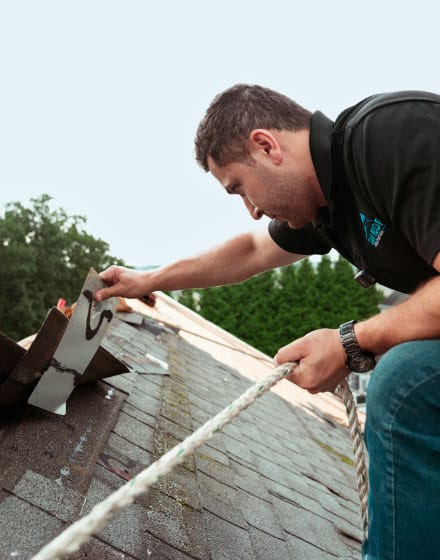
attention
Signs It May Be Time to Replace Your Roof
Is your roof showing signs of wear? Don’t wait! Our expert roofing services in Boston MA can help you determine whether repair or replacement is the best solution.
Don’t wait until problems worsen; ensure your home’s protection with a reliable roof.
- Missing or Damaged Shingles
- Interior Water Stains
- Sagging or Drooping Roof
- Increased Energy Bills
- Moss or Algae Growth
- Frequent Roof Repairs
Let's Fix That Your Roof!
FAQ
Find Answers to Your Roofing Questions
The duration of roof installation varies based on factors such as the size of your roof, weather conditions, and the complexity of the project. On average, a standard residential roof installation can take anywhere from a few days to a week. Our team will provide you with a more accurate timeline during the consultation process.
During a roof inspection, our experienced team assesses the overall condition of your roof, checking for issues such as damaged or missing shingles, leaks, and signs of wear. We also inspect the flashing, ventilation, and other critical components. Following the inspection, we provide you with a detailed report and recommendations for any necessary repairs or maintenance.
Look out for signs such as water stains on ceilings, missing or damaged shingles, visible leaks in the attic, or sagging areas. If you notice any of these issues, it’s crucial to schedule a professional roof inspection promptly to assess the extent of the damage and determine the necessary repairs.
The decision between repairing and replacing your roof depends on factors like the extent of the damage, the roof’s age, and your budget. If the damage is isolated and your roof is relatively new, repairs may be sufficient. However, for extensive damage or an aging roof, replacement might be a more cost-effective and long-term solution. Consulting with a roofing professional can help you make an informed decision based on your specific circumstances.